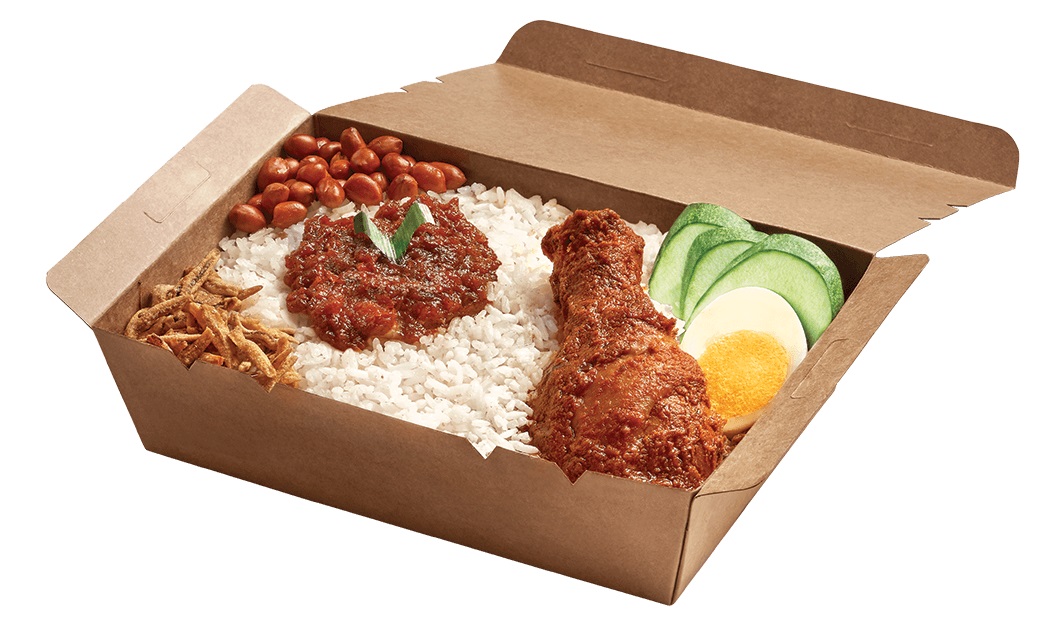I’ve never been to a good restaurant that serves both Thai food and sushi. Serving both is a great sign that the restaurant is good at neither. “Pan Asian” isn’t a cuisine – it’s a hodge podge of dishes from different cuisines. That’s totally different from ‘Asian fusion’ which takes Asian influences and Western influences to create a chef’s own dishes.
Specialization is key to doing a particular genre of food well. The only exception I’ve found in the United States is a Thai restaurant that is really a Laotian restaurant in Northern Virginia. Plenty of diners are accustomed to Thai food in the area, so that’s what the restaurant advertises itself as. But the chef is Laotian, and that’s what he does really well.
So when AirAsia announced that it had plans of opening restaurants on the ground to serve its Pan Asian dishes, it had two strikes against it:
- Why eat airline good on the ground?
- Why eat from a restaurant that wouldn’t specialize in any particular cuisine?
And when AirAsia announced its price points, a premium premium for its dishes over restaurants that did specialize, that sounded like a trifecta of reasons it would fail.
Unsurprisingly the new restaurant that serves airplane food on the ground is received poorly.
From a review in the South China Morning Post:
On a recent Saturday, my son and I visited the inaugural store and ordered three dishes. The nyonya curry laksa had little flavour beyond the chilli; Uncle Chin’s chicken rice was salty and greasy; and the chicken satay with peanut sauce was, in my son’s estimation, “fuzzy and too cooked”.
And how’s this for ouch?
Two decades ago, AirAsia revolutionised consumer expectations in the region with the catchphrase: “Now everyone can fly.” But everyone in Southeast Asia can already eat – and eat better than aeroplane food.

AirAsia’s Chicken Rendang, credit: Santan Restaurant
AirAsia wants to create Santan Restaurant and T&CO Cafe as a franchise with 100 outlets within 3-5 years, even expanding to New York. They see a market for an Asian version of American fast food chains. U.S. chains succeed even though they aren’t inherently great and charge more than local equivalents.
A model of bad food and high prices isn’t a great starting place except at airports and tourist spots, but that’s usually driven by high rents and a need to meet highly diverse tastes – people aren’t there for the food.
Nonetheless it’s intriguing to see a low cost Asian airline selling food. United Airlines, in contrast, dared only try to sell its cookbook.


“Why eat airline good on the ground?”
Why indeed
Your caption is wrong. It’s nasi lemak, not chicken rendang.
Uncle Chin’s is pretty good stuff in the air, but not good enough to choose it over solid restaurant food.
How timely–and hilarious!
As Amtrak lacks any solid talent to understand its market to provide the appropriate food/beverage services, many have wondered where does Amtrak’s CEO from Delta, Richard Anderson, get his ideas for persistently devolving food service on-board trains. Now, we know!
In fact, the rumor is Amtrak is eliminating its standard dining cars in favor of working directly with the food purveyors who sell sushi to the gas stations. The next step in Amtrak’s downgrading of its food/beverage services is to negotiate the purchase of outdated food products from those gas stations.
“Santan Restaurant”
Might as well drop an n and you can guess the general population’s opinion on eating airline food.
Hint: It isn’t a jolly bearded man